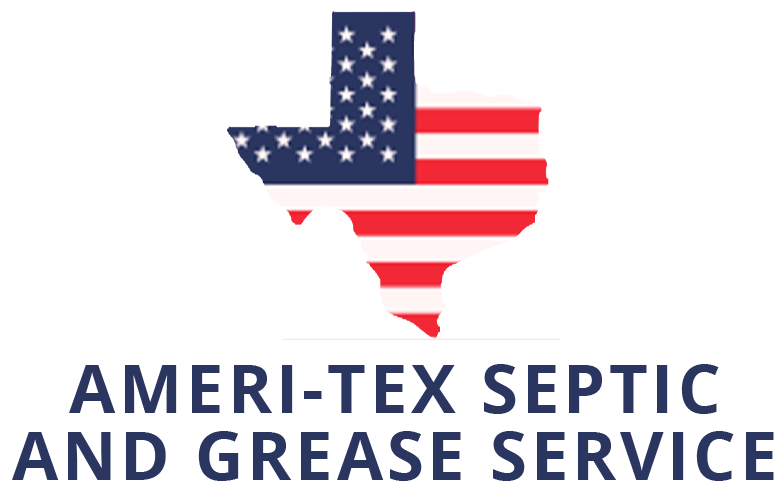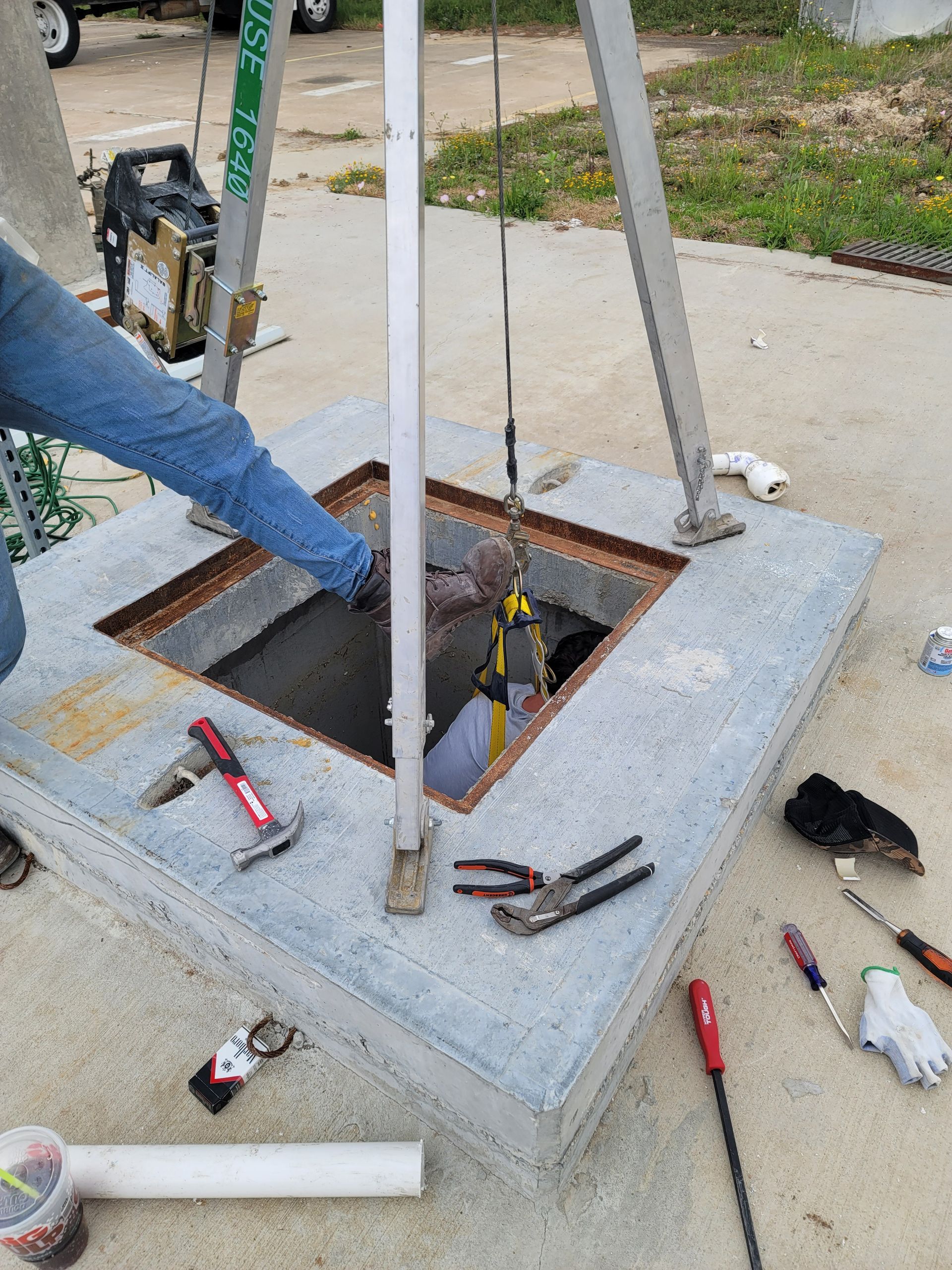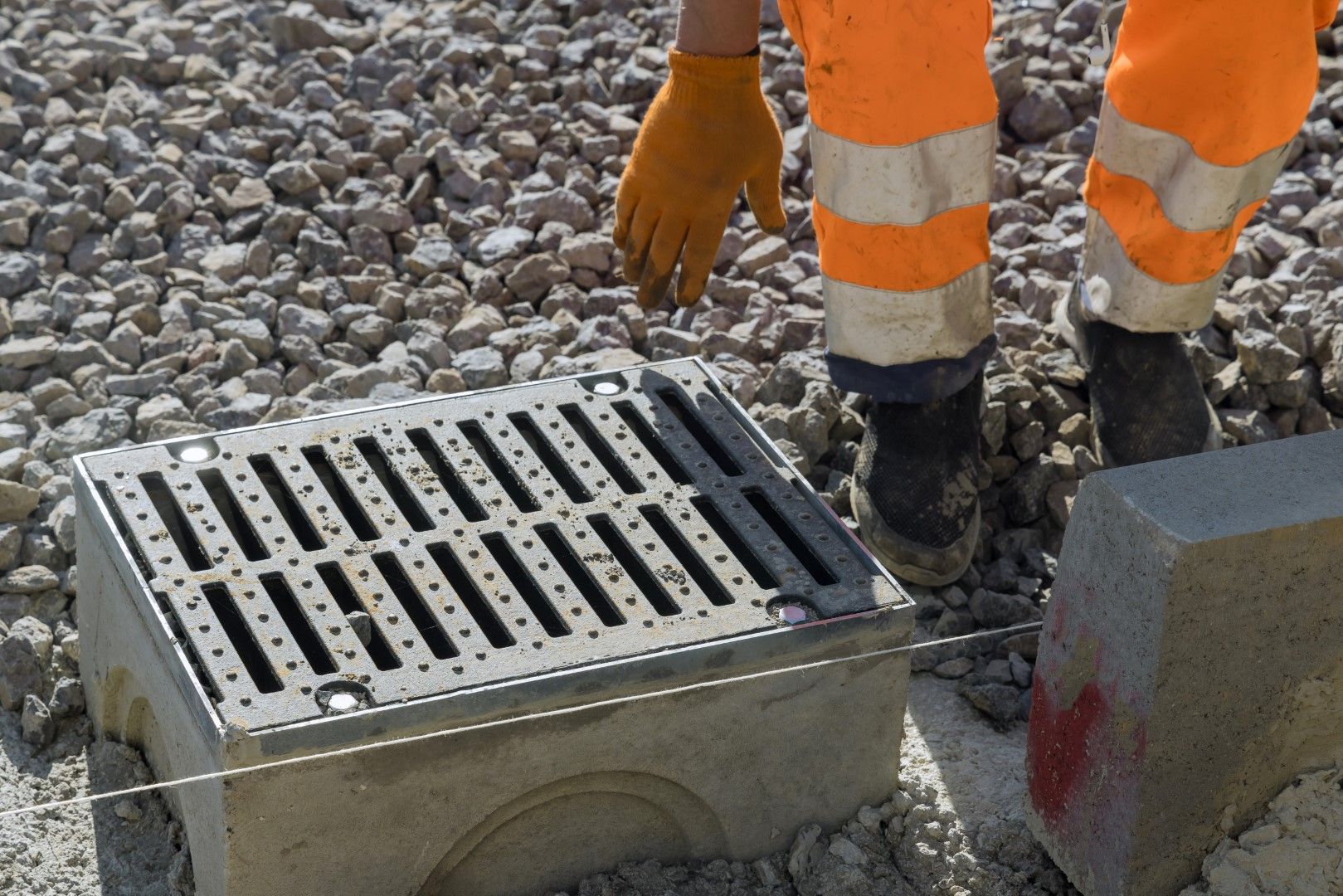AmeriTex Septic & Grease Services Blog

Lift stations are essential components in wastewater management, facilitating the movement of sewage from lower to higher elevations. Ensuring their optimal performance is crucial to prevent disruptions and costly repairs. At Ameri-Tex Septic and Grease Service, we emphasize the importance of preventative maintenance for lift stations, highlighting its cost-effectiveness and long-term benefits. Understanding Preventative Maintenance Preventative maintenance involves regular inspections, cleaning, and servicing of lift station components to identify and address potential issues before they escalate. This proactive approach contrasts with reactive maintenance, where repairs are made only after a failure occurs. Financial Benefits of Preventative Maintenance Reduced Repair Costs Regular maintenance helps detect minor issues early, preventing them from developing into major problems that require extensive repairs. Addressing small faults promptly is generally less expensive than dealing with significant system failures. Extended Equipment Lifespan Consistent upkeep ensures that components such as pumps and electrical systems operate efficiently, thereby extending their operational life. This reduces the frequency and cost associated with equipment replacements. Minimized Downtime Preventative maintenance reduces the likelihood of unexpected breakdowns, ensuring continuous operation of the lift station. This minimizes service interruptions and the associated costs of emergency repairs and downtime. Operational Advantages Enhanced System Efficiency Well-maintained lift stations function more efficiently, leading to lower energy consumption and operational costs. Efficient systems also reduce wear and tear, further decreasing maintenance expenses. Improved Reliability Regular maintenance ensures that all components are in optimal condition, enhancing the overall reliability of the lift station. This reliability is crucial for preventing environmental hazards and maintaining compliance with health regulations. Ameri-Tex's Commitment to Preventative Maintenance With over 35 years of experience, Ameri-Tex Septic and Grease Service offers comprehensive preventative maintenance programs tailored to your lift station's specific needs. Our services include routine inspections, cleaning, and prompt repairs, ensuring your system operates efficiently and cost-effectively. Investing in preventative maintenance not only safeguards your lift station's functionality but also provides significant cost savings over time. By partnering with Ameri-Tex, you can ensure the longevity and reliability of your wastewater management system. For expert assistance and to schedule a maintenance service, contact Ameri-Tex Septic and Grease Service today!

Tree roots naturally seek moisture and nutrients, making septic systems an attractive target. Root intrusion can lead to blockages, leaks, and even system failure. Preventing root intrusion is essential for maintaining the efficiency and longevity of your septic system. At Ameri-Tex Septic and Grease Service, we offer expert advice to help you safeguard your system against root-related issues. Understanding Root Intrusion in Septic Systems Roots can infiltrate septic systems through small cracks or joints in pipes, seeking the moisture and nutrients within. Once inside, they grow, causing blockages and structural damage. Over time, this can lead to significant operational problems and costly repairs. Strategies to Prevent Root Intrusion Thoughtful Landscaping Plant trees and shrubs at a safe distance from your septic system components. Species with aggressive root systems, such as willows and maples, should be planted even farther away to prevent potential intrusion. Regular Inspections Scheduling routine inspections allows for early detection of root intrusion. Professional assessments can identify vulnerabilities and address them before they escalate into major issues. Physical Barriers Installing root barriers between vegetation and septic components can deter roots from reaching pipes and tanks. These barriers are typically made of durable materials designed to redirect root growth away from sensitive areas. Chemical Treatments Applying safe, approved chemical root inhibitors can prevent roots from growing near your septic system. These treatments should be used cautiously and in accordance with environmental regulations to avoid harming beneficial soil organisms. Importance of Professional Maintenance Engaging professionals for regular maintenance ensures that any signs of root intrusion are promptly addressed. At Ameri-Tex Septic and Grease Service, we provide comprehensive inspections and maintenance services to keep your system functioning optimally. Consequences of Neglecting Root Intrusion Ignoring root intrusion can lead to severe blockages, system backups, and environmental contamination. Additionally, repairing damage caused by roots is often more costly than preventive measures. By implementing these preventive strategies and partnering with experienced professionals, you can protect your septic system from root intrusion, ensuring its efficiency and extending its lifespan. For expert assistance and to schedule a maintenance service, contact us today!








